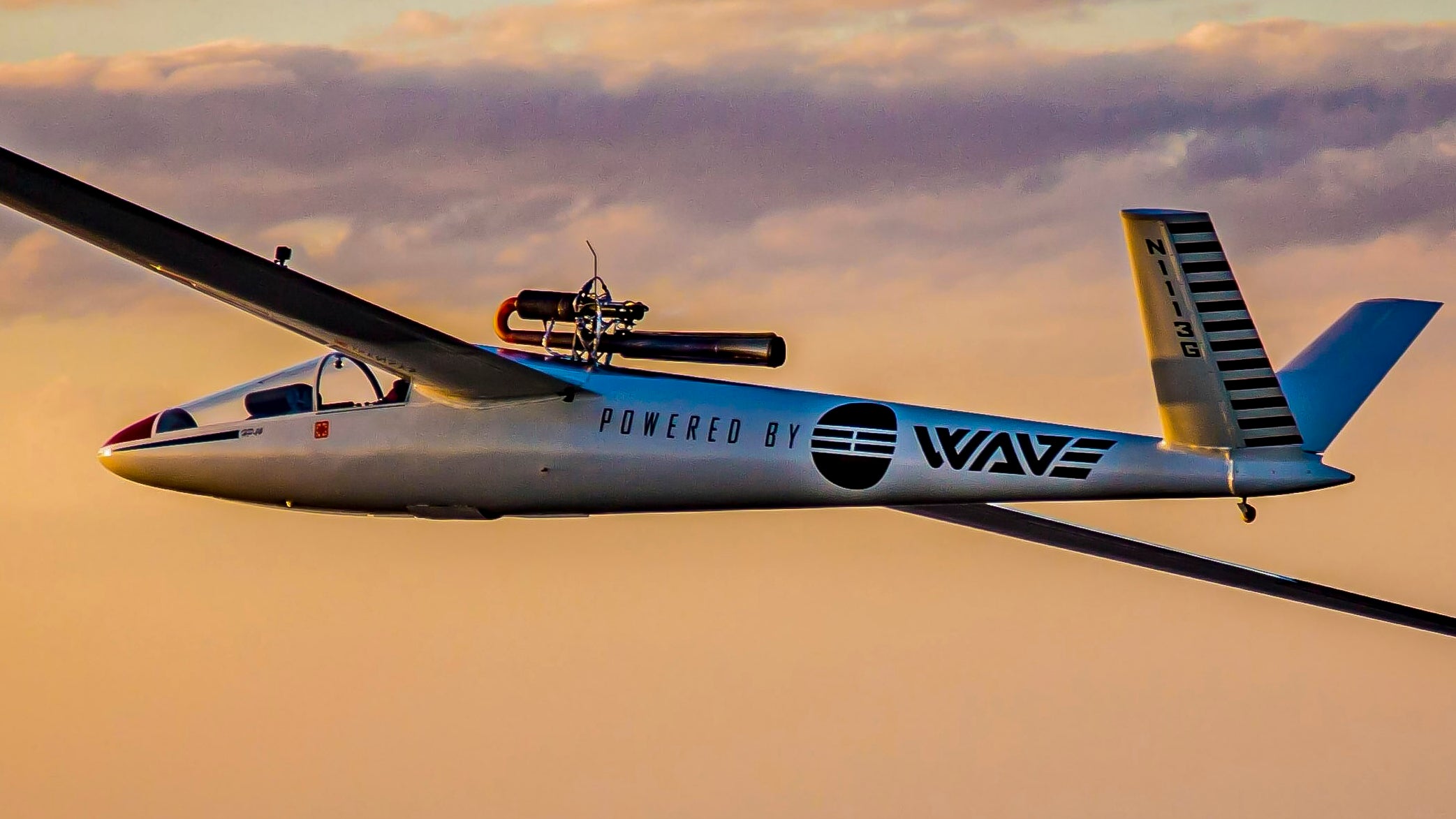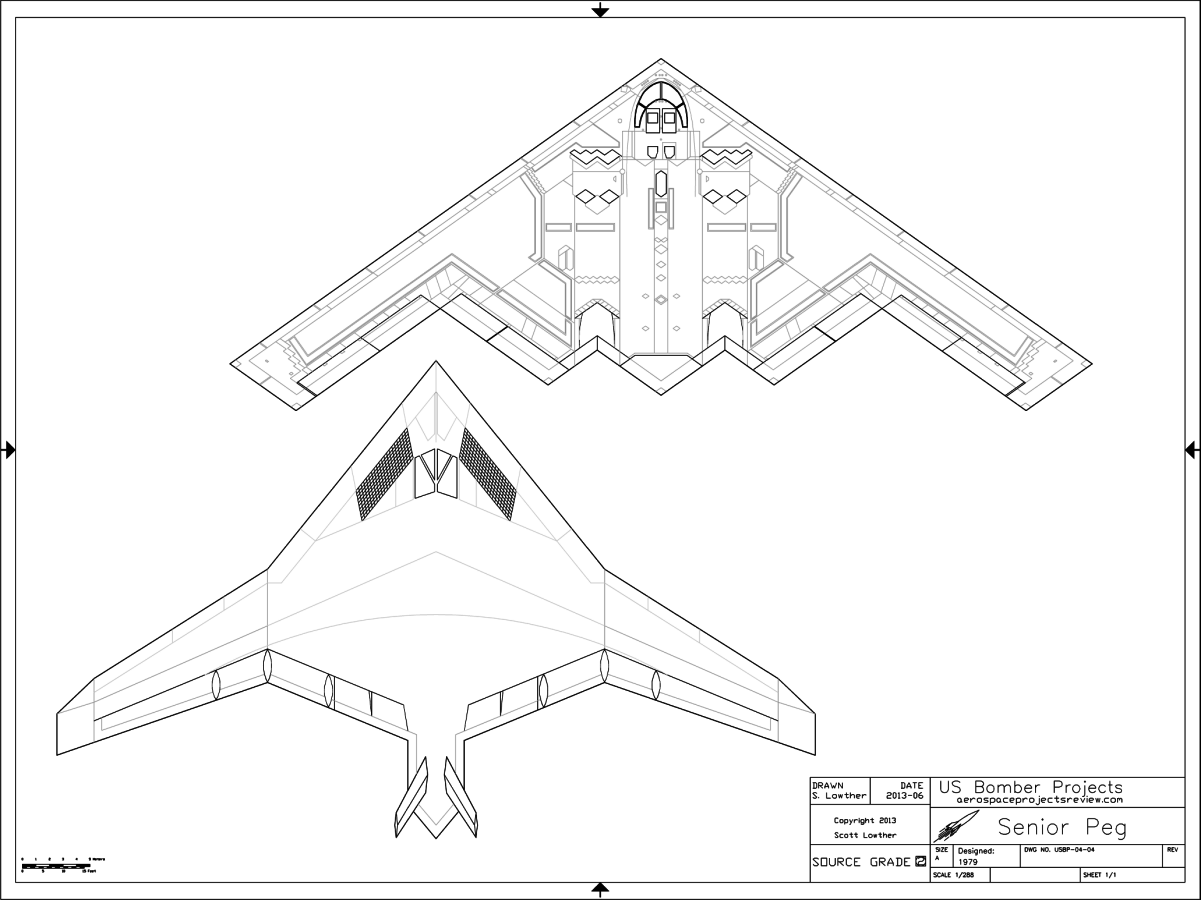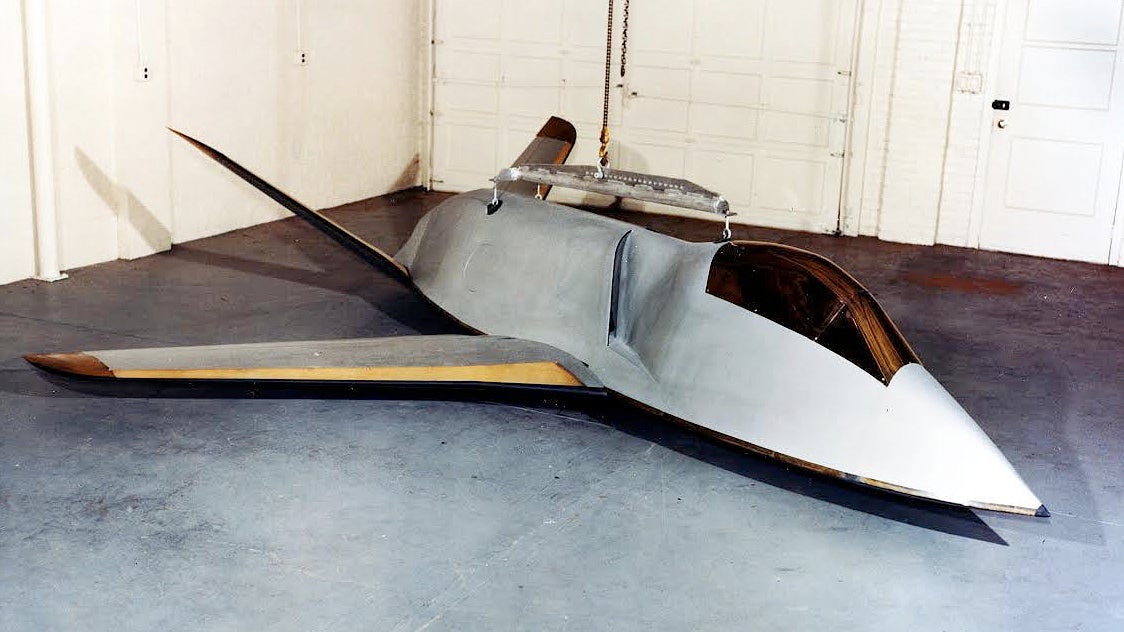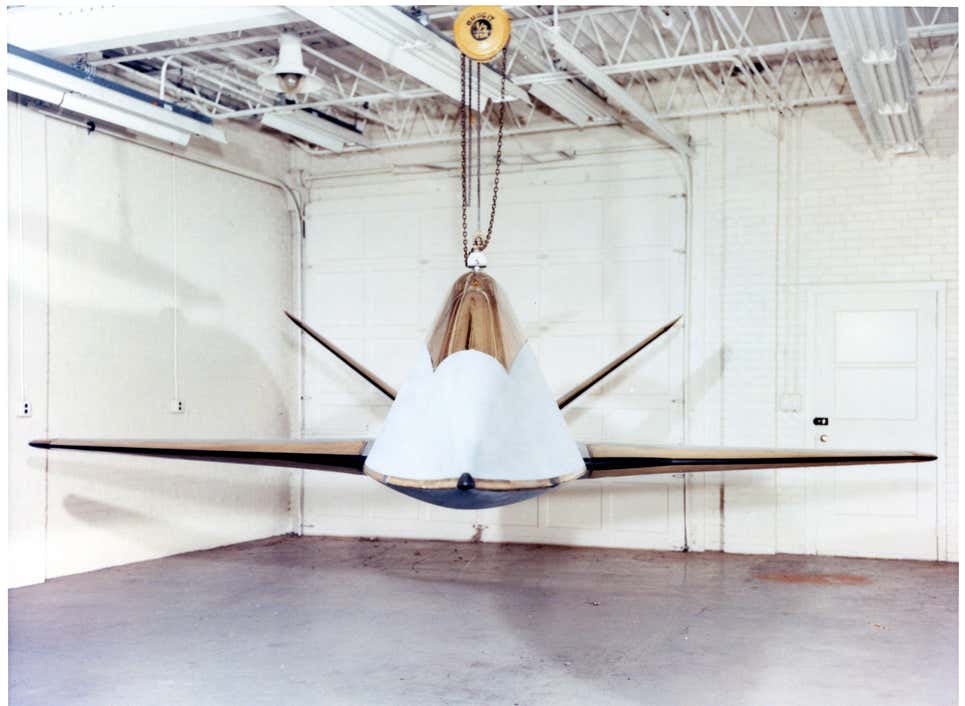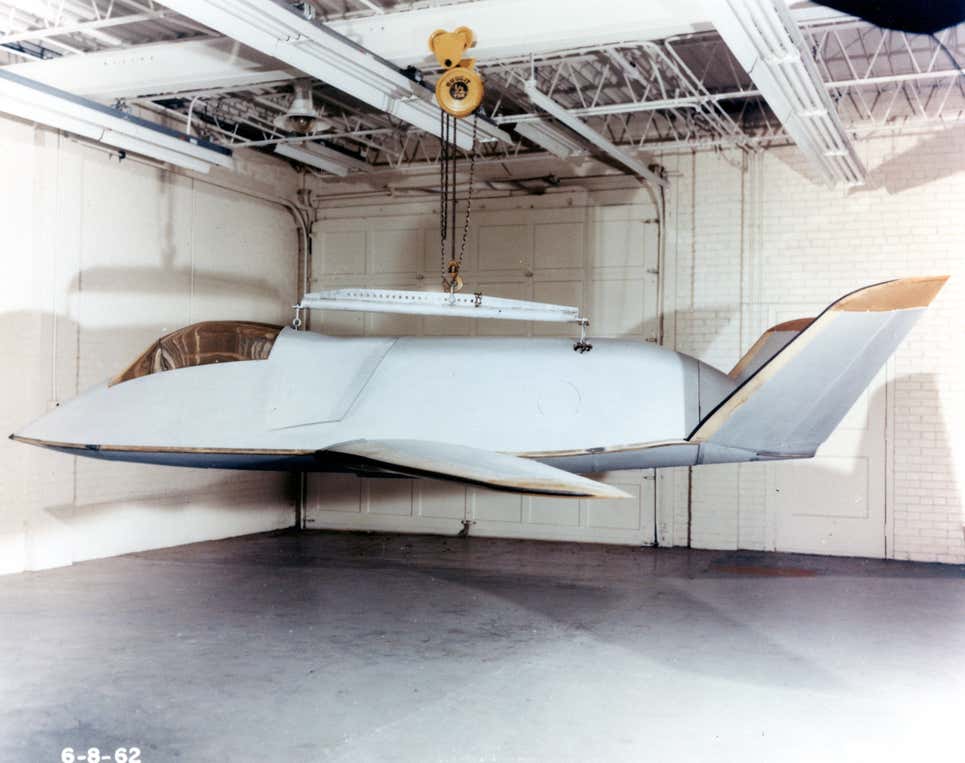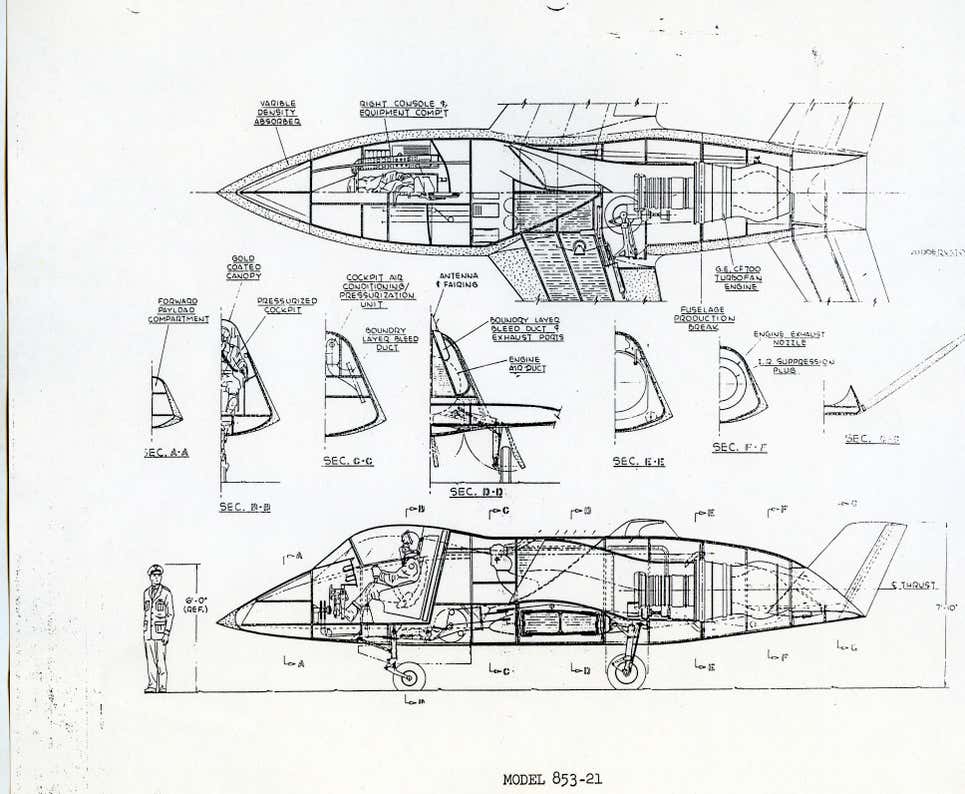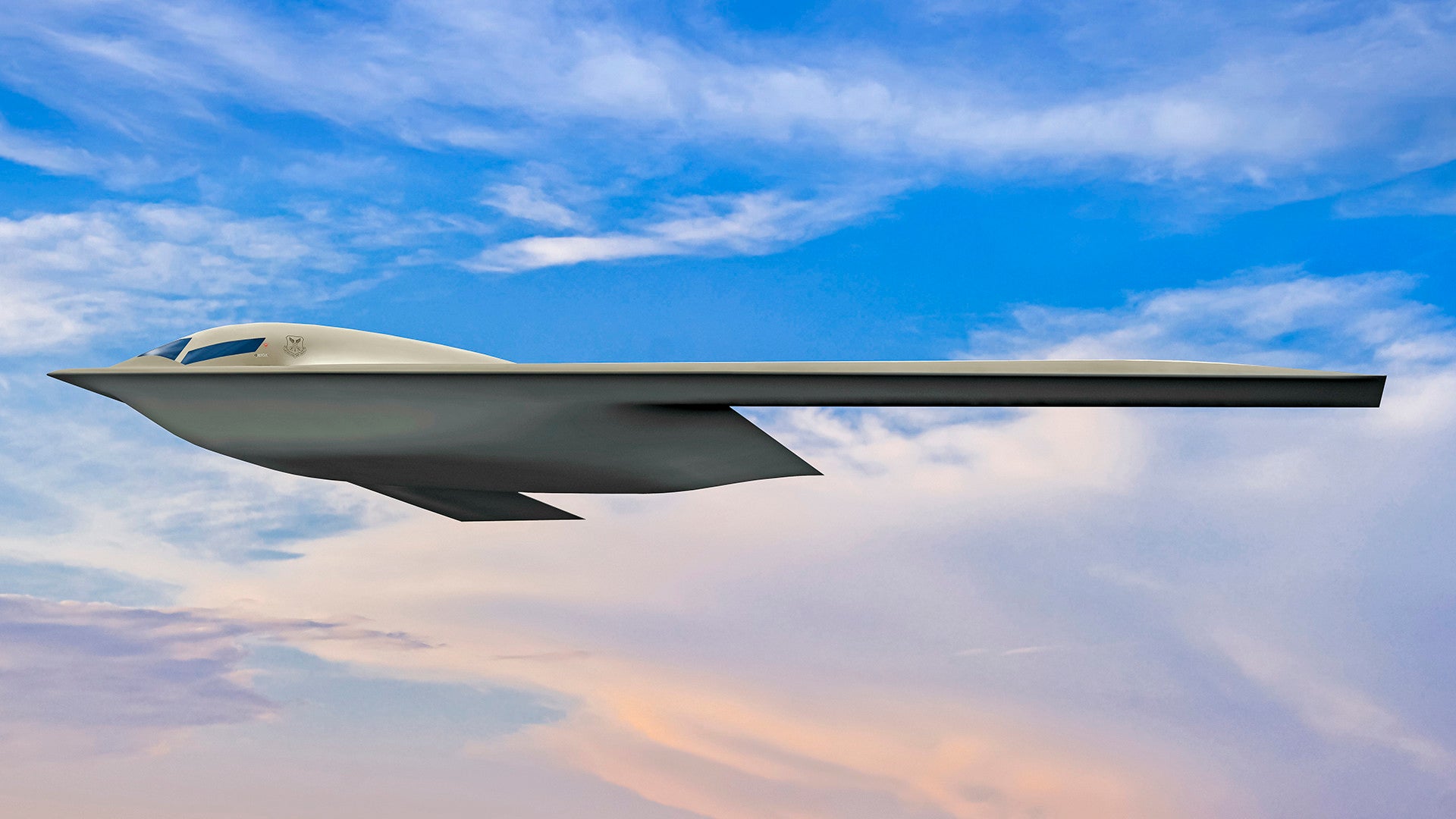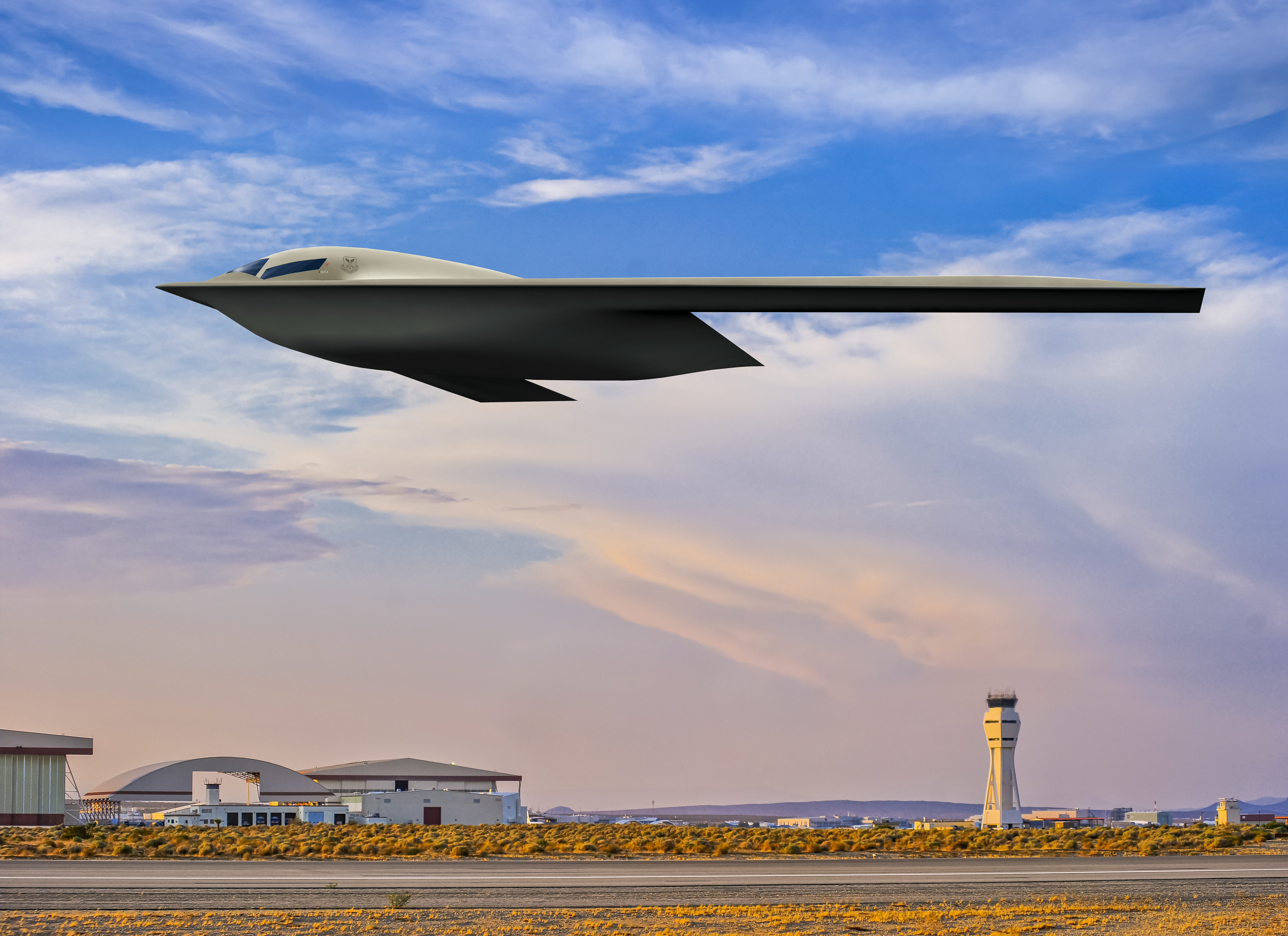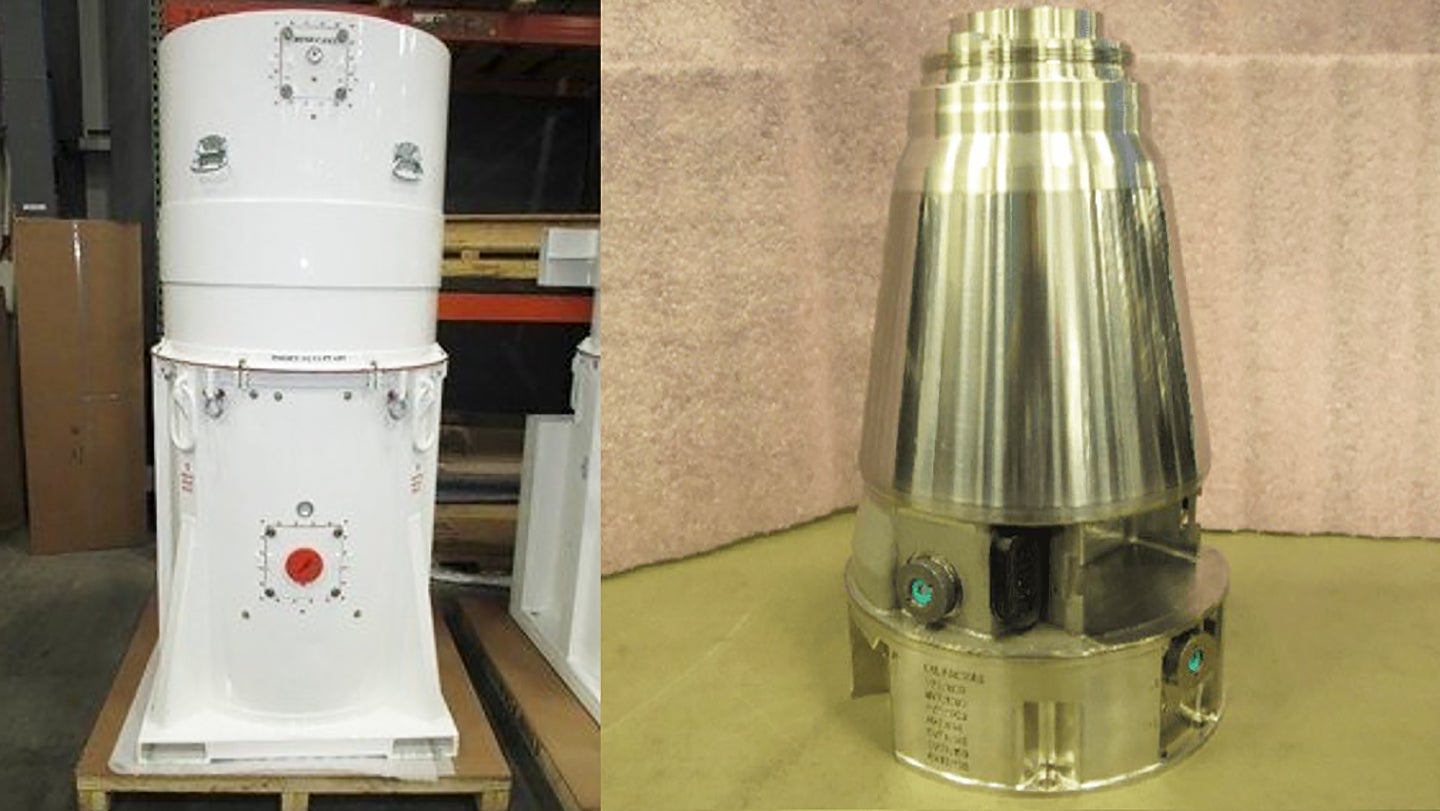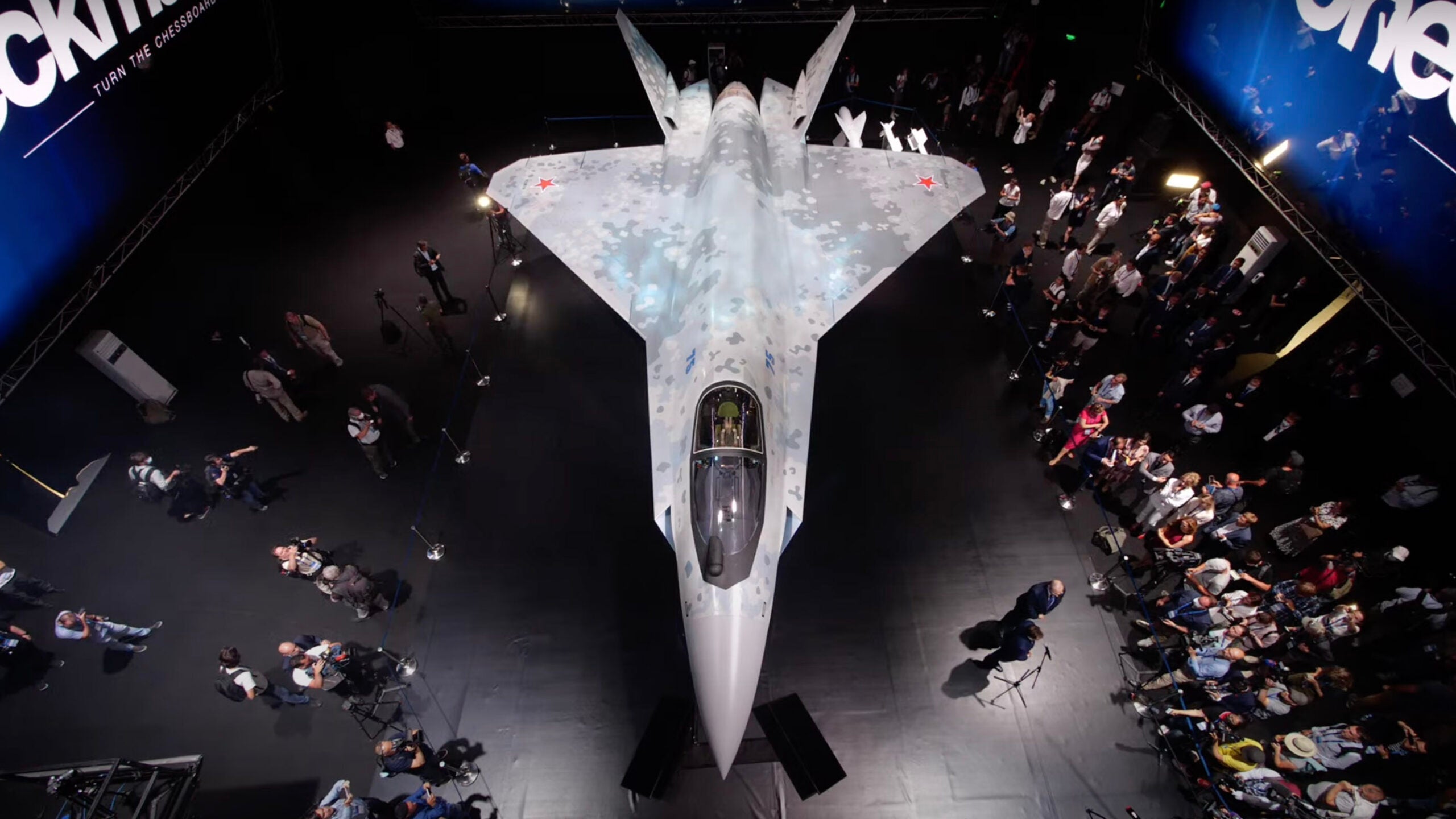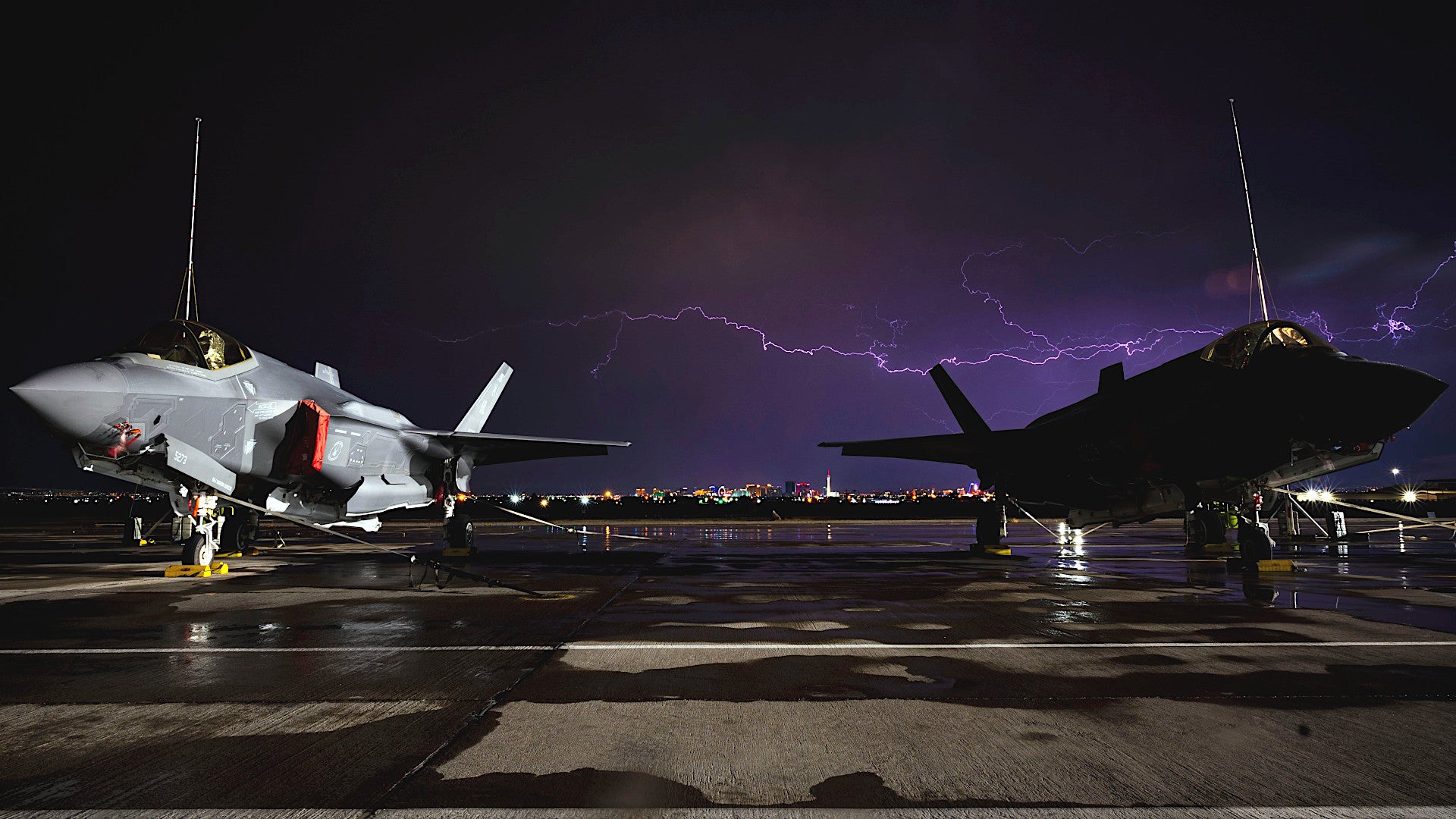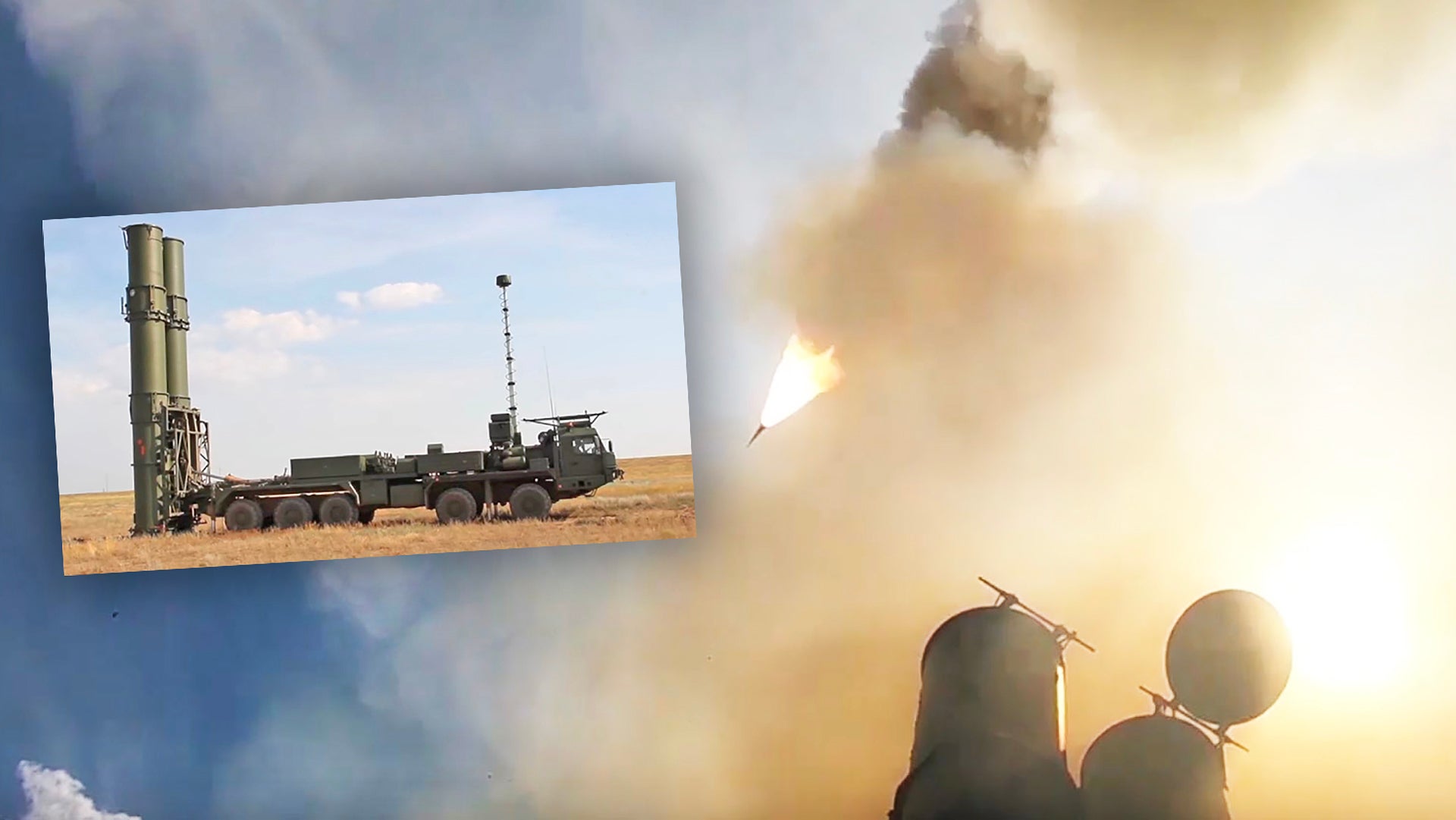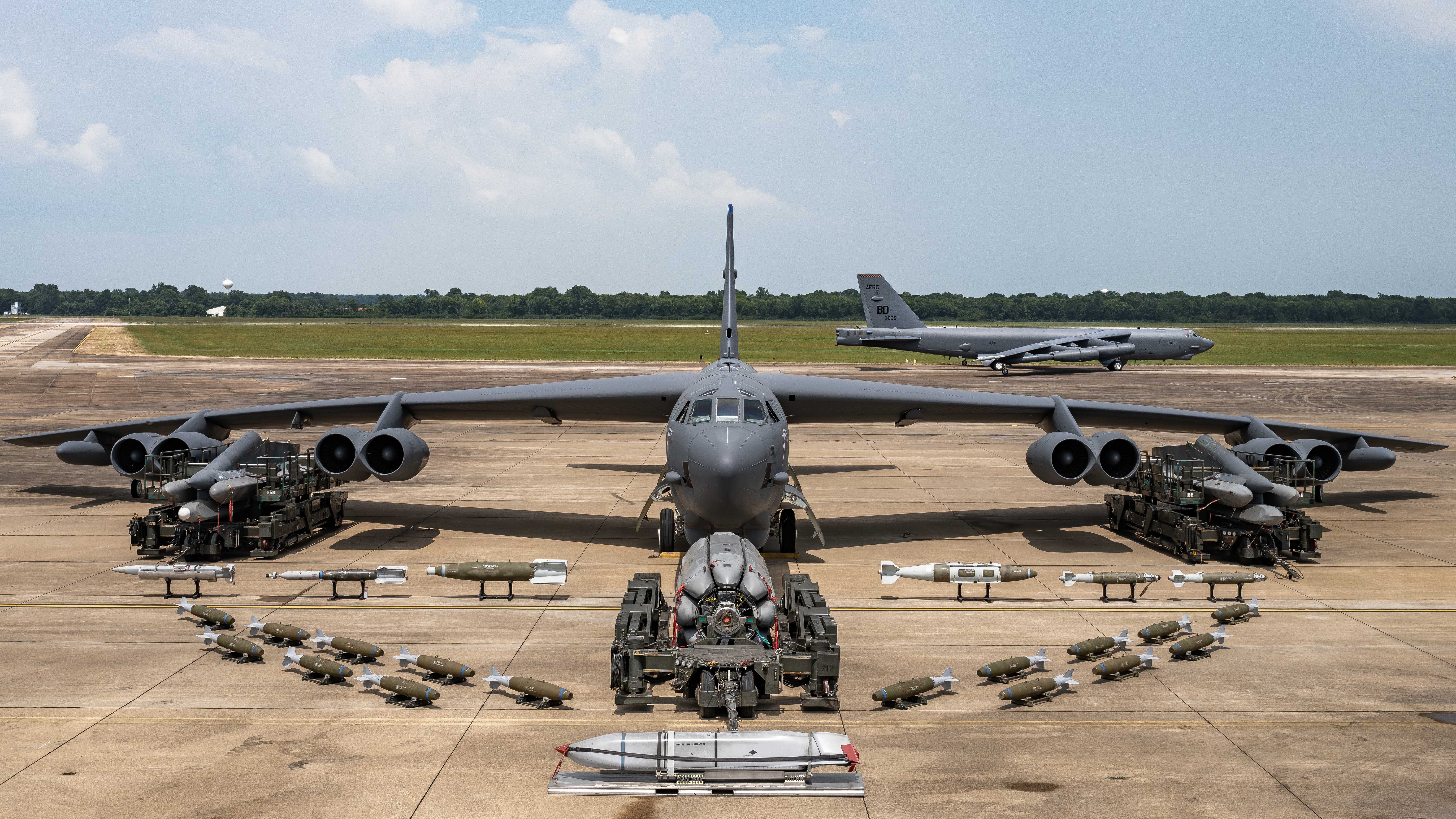UNCUT FOOTAGE OF UNDERWATER ATOMIC BLAST 1958
Wahoo blast:
The nuclear device was positioned 500 feet (150 m) deep in the Pacific Ocean. The test conditions were met on May 16 1958 allowing for the nuclear device to be detonated. Within a second of detonation, a spray dome was created that reached a height of 840 feet (260 m) after seven seconds. The overall shape of the spray dome resembled a cone with 45 degree sloped sides. Plumes were seen breaking through the spray dome after six seconds in every direction. The vertical plume continued rising until 12 seconds after the blast while the lateral plumes traveled for 20 seconds before collapsing. The diameter of the spray dome was approximately 3,800 feet (1,200 m) at the 20 second mark.[4](p237) The base surge reached a radius of 8,000 feet (2,400 m) in the downwind direction after 1.7 seconds. The downwind surge aided by a 15 knots (17 mph; 28 km/h) wind reached speeds of 21 knots (24 mph; 39 km/h). This base surge could be seen for three and a half minutes and for longer from the air as it continued to move across the ocean. When the spray dome and base surge had dissipated, a foam patch could be seen spreading from the surface zero water to reach over 6,000 feet (1,800 m).[4](p238)
The nuclear blast was calculated to be 9 kilotons of TNT (38 TJ). All fallout stayed within the predicted fallout area with a maximum of 0.030 R/hr. The target ship at 5,900 yards (2.9 nmi; 3.4 mi; 5.4 km) was directly hit by the shockwave, vibrating the entire ship and shaking it violently. The Moran merchant marine ship moored at 2,346 feet (715 m) away was immobilized due to shock damage to its main and auxiliary equipment while also suffering minor hull damage. One hour and ten minutes after detonation, a five-gallon water sample was taken directly above the blast location showing 5 R/hr. The retrieval team entered a 3.8 R/hrfield after an hour and thirty five minutes.

